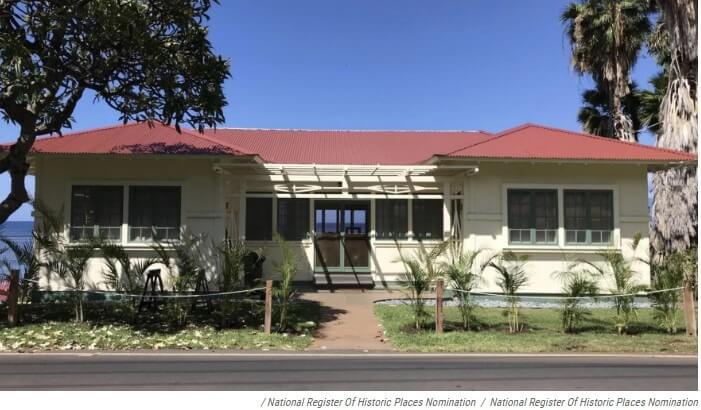

Protecting Your Home from Wildfires
Urban wildfires not only destroy homes and businesses, they also cause impairment and destruction of the infrastructure that our societies rely on for smooth functioning. Roads, airports, schools, hospitals, telecommunications equipment, electrical distribution systems, water delivery and treatment facilities, the list of critical infrastructure is long. As the Lahania wildfire advanced, the loss of integral roadways before everybody was able to get out and the inability of the Coast Guard to access the harbor resulted in great tragedy. The impending loss of the airport at Hay River, Northwest Territories Canada caused the evacuation of everybody including all firefighters and first responders, leaving the as-yet untouched town to the mercy of the fire. Of course, the loss of major infrastructure also has serious implications for post-fire recovery. It would be wise for municipal, state, provincial, and federal governments to pre-emptively consider better fire protection for critical infrastructure at risk of wildfire. The avoidance of asphalt and use of flame-resistant road surfaces on critical access roads may make evacuations less perilous. Better fireproofing of infrastructure critical to urban recovery after a fire would help residents and businesses to return and start rebuilding faster.
One of the enduring images from the tragedy at Lahania was that of the red-roof house by the seawall. Seemingly untouched, it was surrounded by neighboring lots as far as the eye could see, each covered in gray footprints of ash where houses formerly stood.[i] How could this be? It wasn’t the location, as the houses on each side were in similar ashen heaps, as well as the rest of the town. At nearly 100 years old, it was constructed similarly to its neighbors. A CBS news article from August 23, 2023, sheds some light on the reasons behind its good fortune. When the current owners purchased it in 2021, it was in an advanced state of disrepair. The California redwood structure was in good shape, but the exterior was badly rotted. The new owners completely revamped both the house and the property. Notably, they installed a commercial-grade steel roof and dug out old landscaping and replaced it with river stones extending about a meter from the house. Interestingly, they didn’t make any of the remodeling decisions with disaster in mind! Michael Wara, Director of the Climate and Energy Policy Program at the Stanford Wood Institute for the Environment explains. In an urban wildfire, it is the embers that set houses alight. Metal roofing, removing dead debris or flammable materials from porch areas, and using fire-resistant siding can help homes withstand fires. Controlling what’s known as the immediate home ignition zone is also important. The use of crushed stone or gravel in the area up to 5 feet around your home is a vital part of reducing the risk of the structure being set ablaze. A recognition of how to better protect houses in areas of urban wildfire risk may be a small blessing to come out of such tragedy.
There are many additional safety and recovery tips for before, during, and after an urban wildfire event on the Canadian and American Red Cross Wildfire Resources webpages. These are also a great places to donate if you want to provide general financial assistance to those most in need of recovery assistance after a wildfire.
USA: https://www.redcross.org/get-help/how-to-prepare-for-emergencies/types-of-emergencies/wildfire.html
[i] URL: https://www.cbsnews.com/news/lahaina-wildfire-see-the-nearly-100-year-old-miracle-house-that-survived/



